Discover the key office sensor types and
how they help reduce costs and improve efficiency.
Discover the key office sensor types and
how they help reduce costs and improve efficiency.
Without the right data, it’s easy to overpay for unused space or underdeliver on employee needs. With office sensors, you can:




Not all sensors are the same — and each type unlocks different insights.
Here are the main options to consider:
Motion sensors detect when people enter a space, giving you essential occupancy insights for conflict-free room booking and better space utilization.
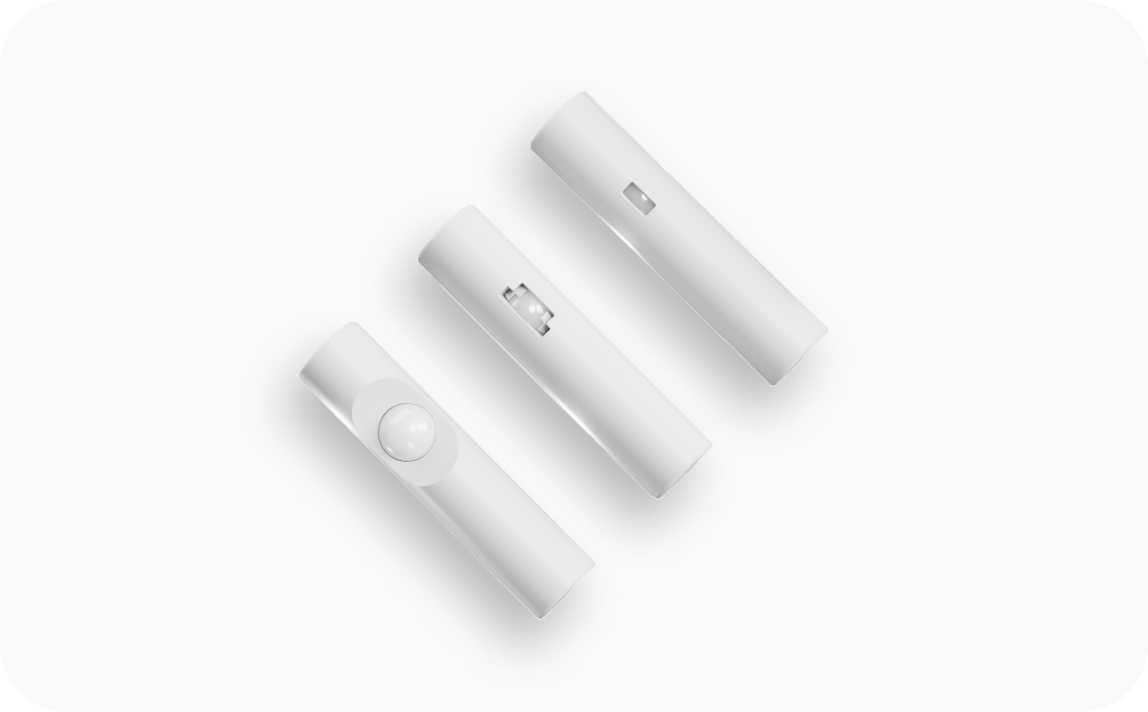
These devices collect data to make offices more comfortable and safe, measuring temperature, humidity, CO₂, light, sound, and air quality. The insights can be used to optimize HVAC systems or support employees directly.
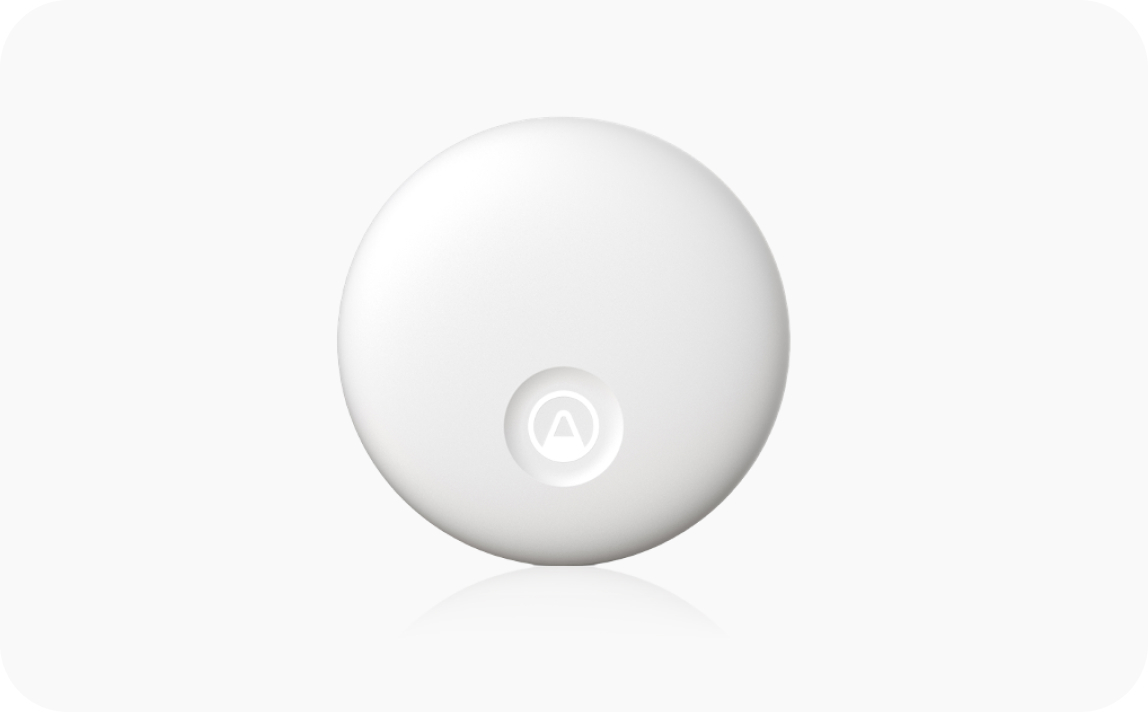
Keep track of the number of people, flow of people, and dwell times in your office spaces. This makes them perfect for large, high-priority office areas like conference halls, cafeterias, or floor levels.
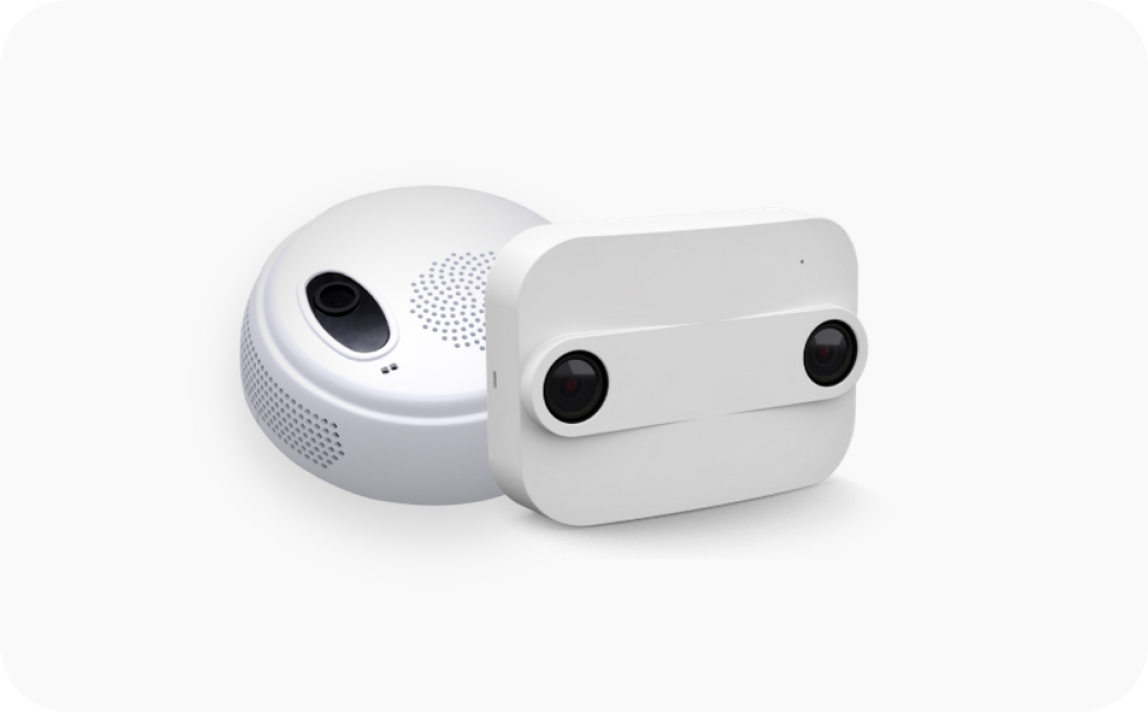
In practice, sensor data isn’t just numbers. It translates into real improvements like:
Identify underutilized areas and adjust layouts accordingly.

True real-time data for better workspace choices.

Use data to optimize
space usage.

Use analytics to inform future office planning and policies.

To get the most out of your investment, follow these proven steps:
Determine which sensor types align with your office's goals.
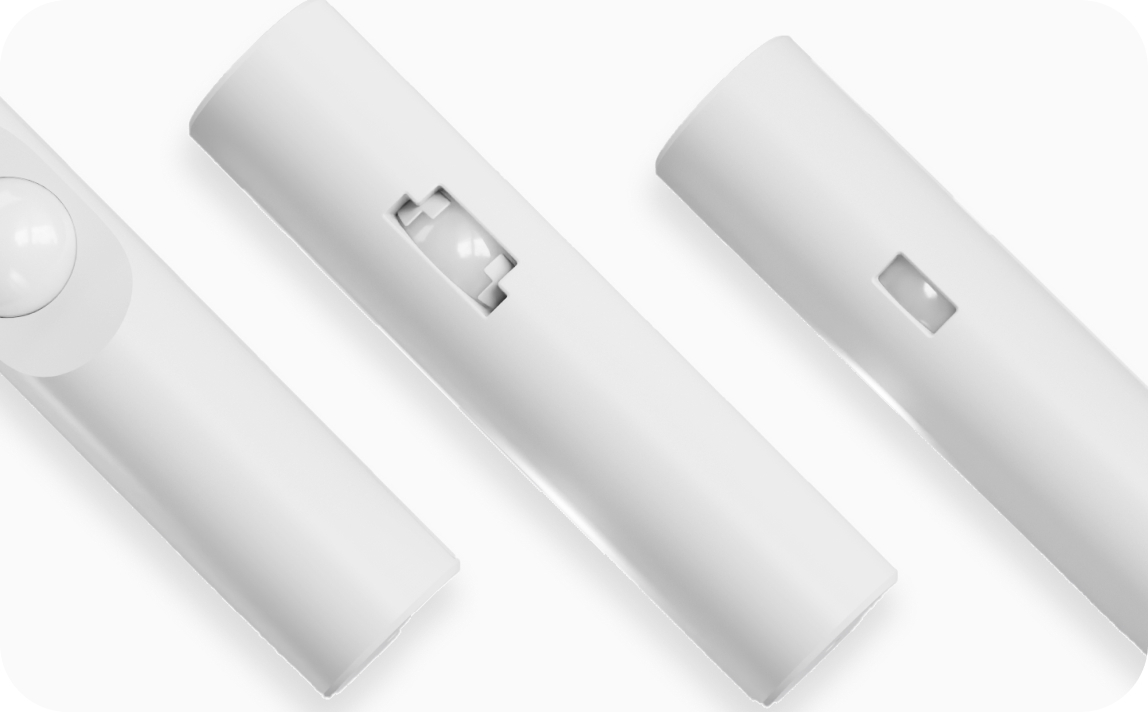
Strategically place sensors to cover key areas without compromising privacy.
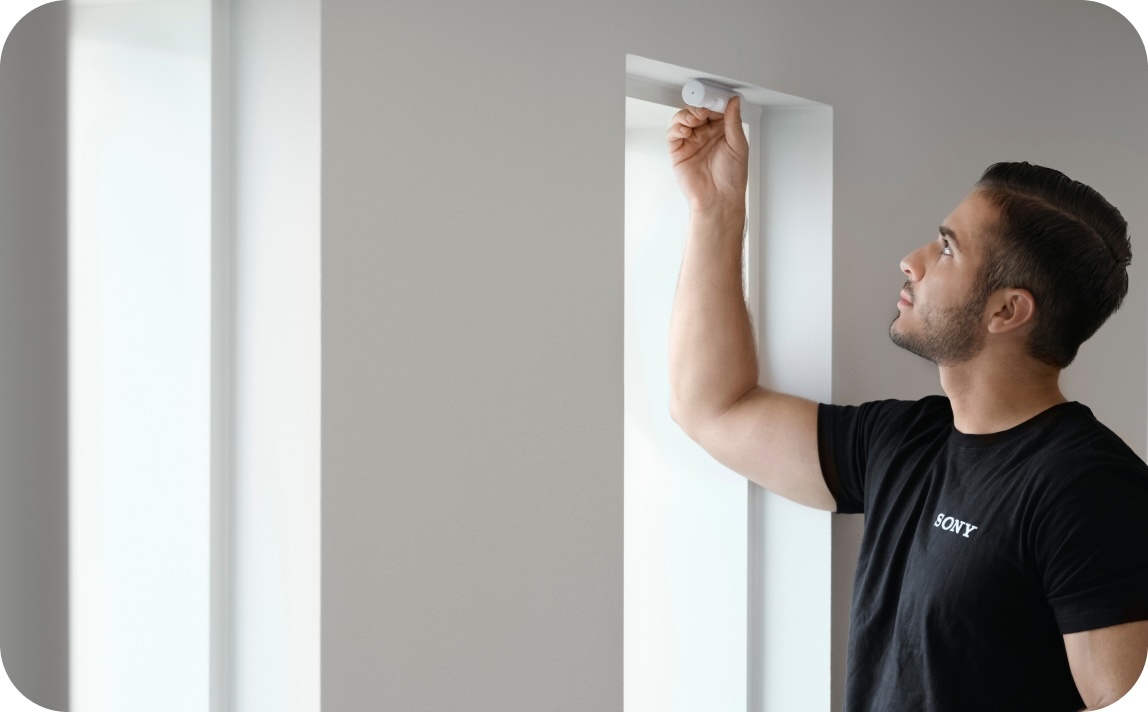
Ensure compatibility with current workplace management tools.
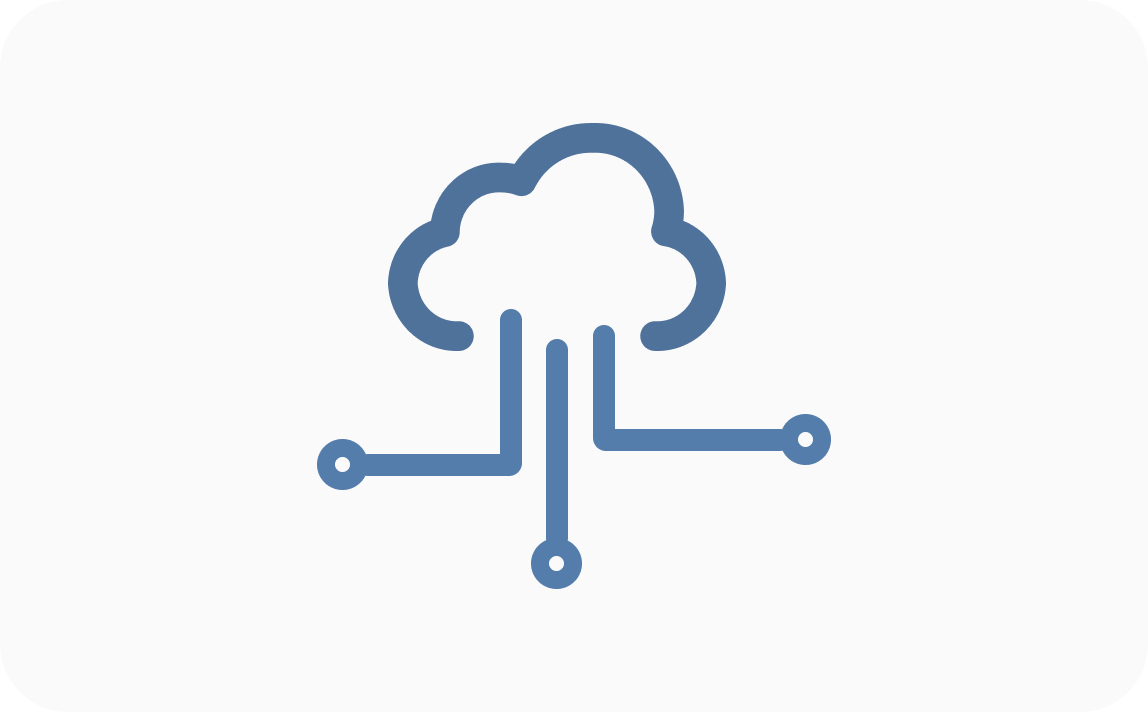
Regularly review data to make informed adjustments and improvements.
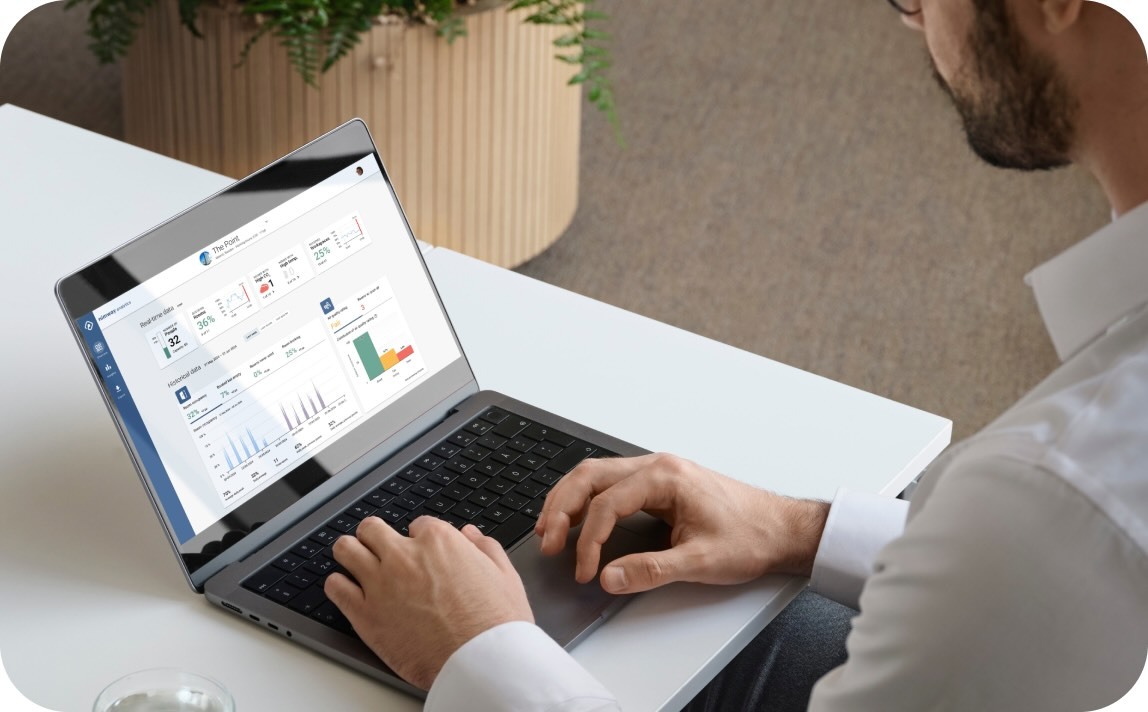
— Bungo Hatae, Section Manager, Sega Sammy
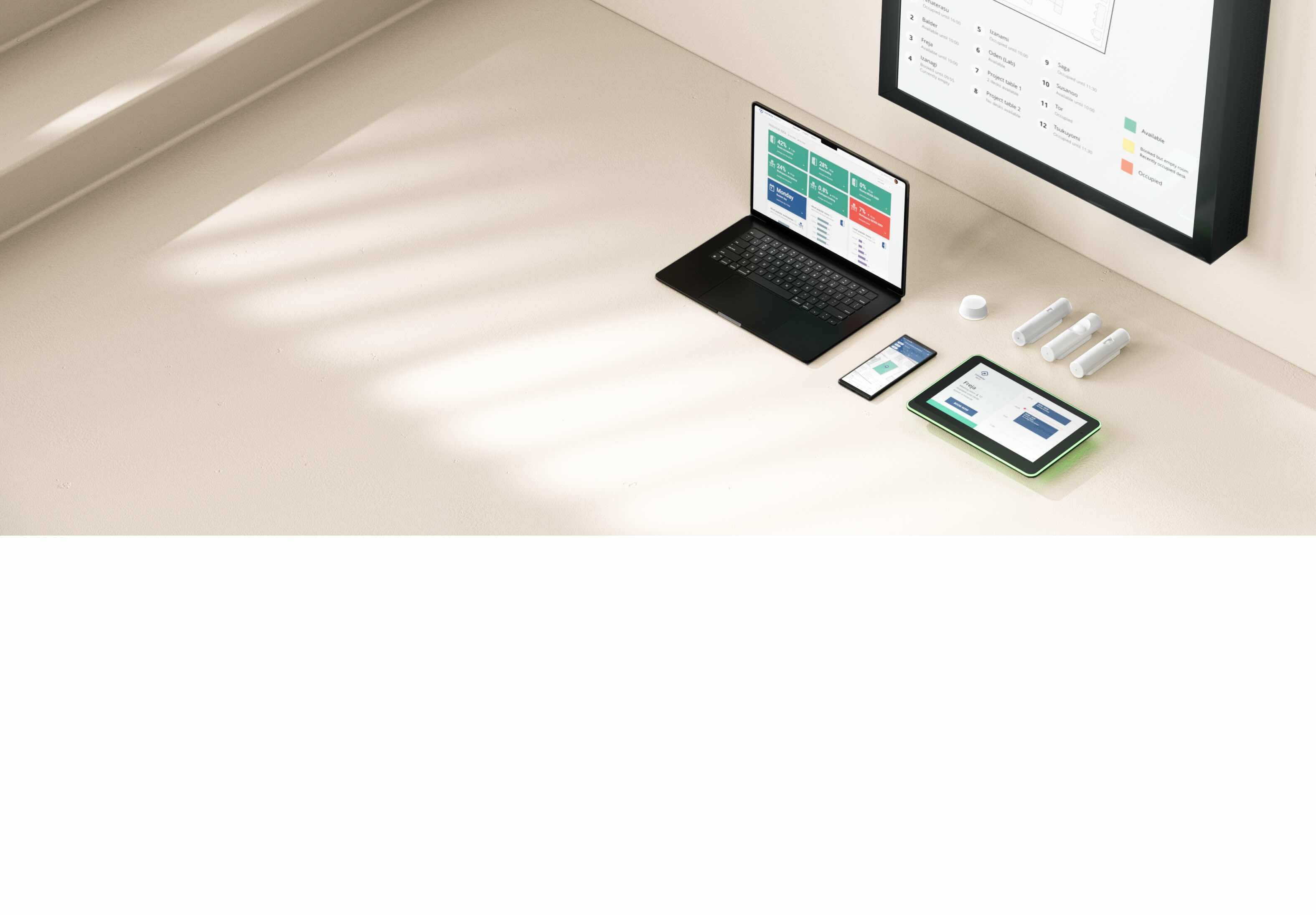
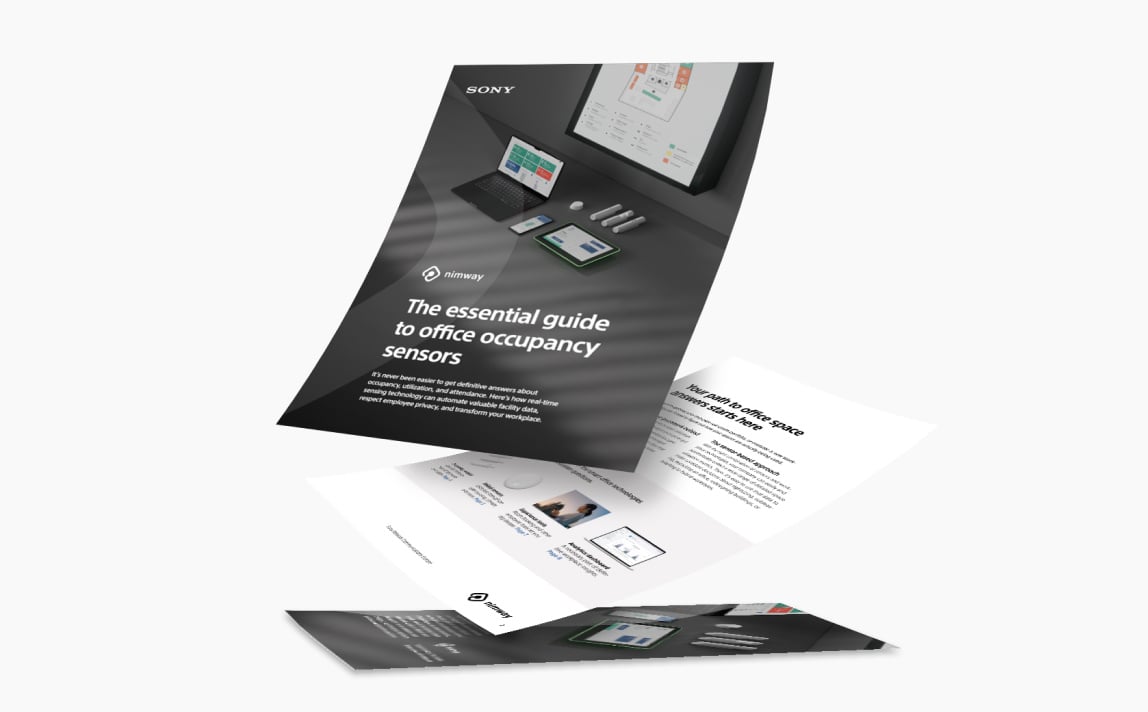

Not sure which smart office sensors your company needs? Download this quick-read guide to find the answer today.
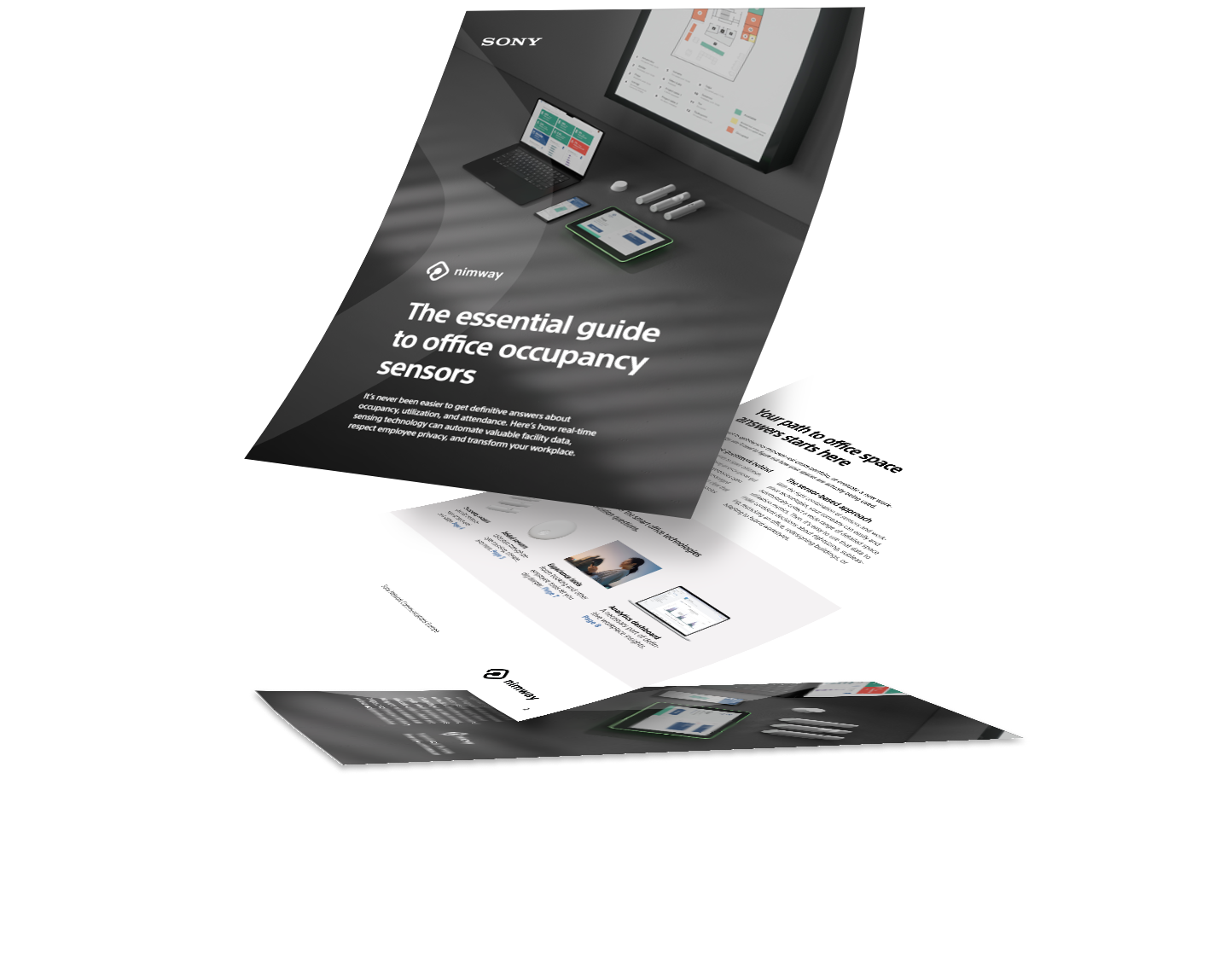
Copyright © 2025 Sony Network Communications Europe. All rights reserved